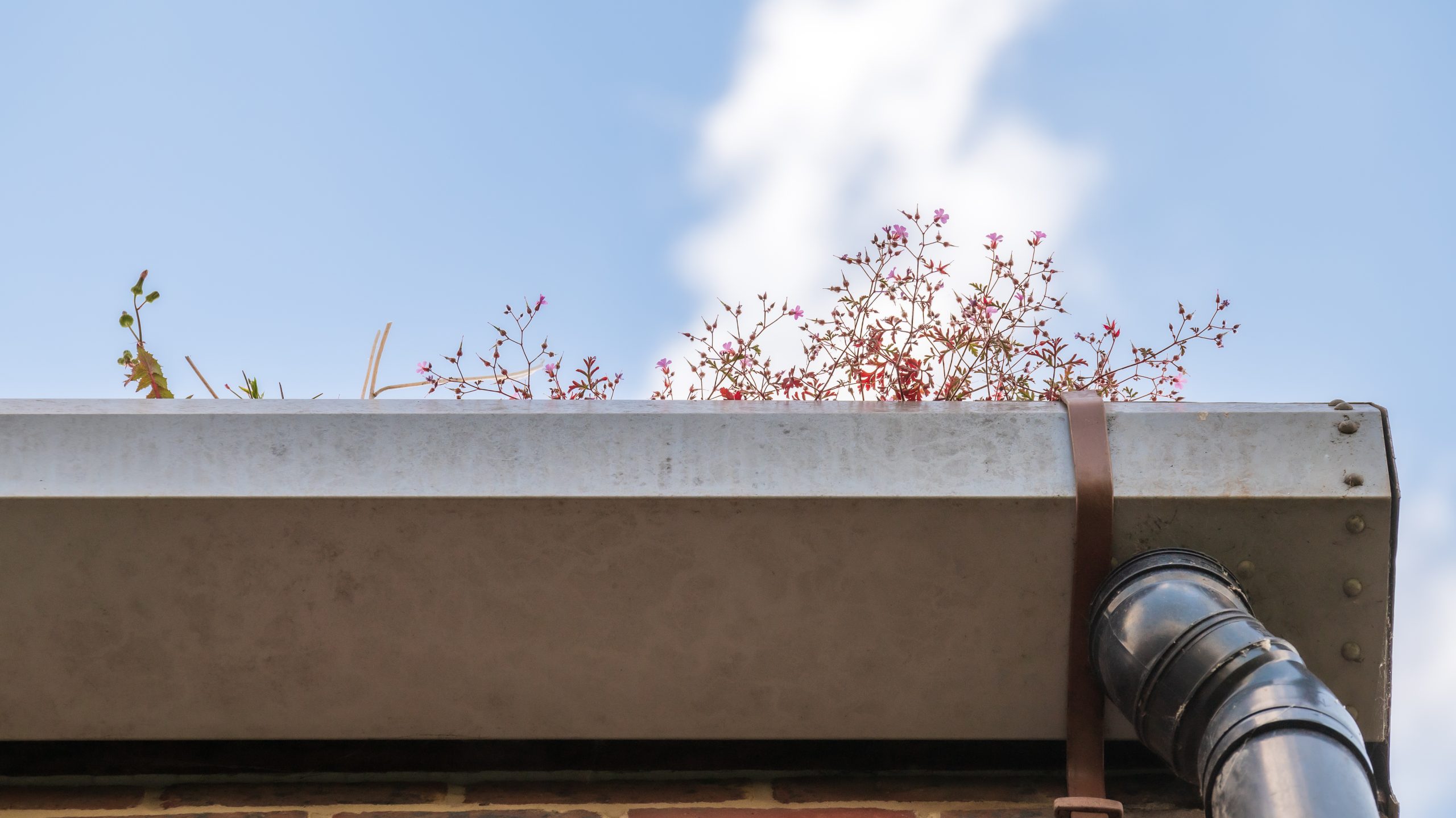While gutter guards are often touted as a convenient and effective solution for maintaining clean gutters, not all homeowners are convinced they’re the right choice for their homes. Despite the benefits, such as reduced maintenance and protection against water damage, some people opt to avoid installing gutter guards for various reasons. Whether it’s the upfront cost, ongoing maintenance requirements, or concerns about performance, understanding why some homeowners make this decision can provide a balanced perspective on this home improvement product.
One of the most common reasons homeowners choose not to install gutter guards is the initial cost. High-quality gutter guard systems, particularly those made from durable materials like stainless steel or aluminum, can be expensive. Additionally, professional installation is often required for more advanced systems, adding to the overall expense. For some homeowners, especially those on a tight budget, the cost may outweigh the perceived benefits. They may prefer to rely on periodic gutter cleaning, which can be done at a lower cost or as a DIY project, rather than investing in a more permanent solution.
Another concern is that gutter guards are not entirely maintenance-free. While they reduce the frequency of gutter cleaning, they don’t eliminate the need altogether. Over time, fine debris such as pine needles, dirt, or small seeds can still accumulate on top of or inside the gutter guard system. This means that occasional cleaning is still required to maintain optimal performance. For homeowners who believe that gutter guards will completely eliminate maintenance, this reality can be disappointing and a reason to forgo installation altogether.
Performance issues are another factor that can deter homeowners from installing gutter guards. In some cases, improperly installed or poorly designed gutter guards can cause more harm than good. For example, water may flow over the edge of the guard during heavy rain, leading to the same problems that occur with clogged gutters, such as water pooling near the foundation. Additionally, certain types of gutter guards, such as foam inserts or brush guards, may degrade over time, requiring replacement and creating ongoing expenses.
Some homeowners are also concerned about the potential for gutter guards to contribute to roof damage. If gutter guards are installed incorrectly or interfere with the roof’s edge, they can create water seepage issues that damage shingles or the underlying structure. In colder climates, gutter guards may also exacerbate ice dam formation by preventing proper drainage during freezing temperatures. These risks, though avoidable with proper installation, are enough to make some homeowners hesitant.
Finally, personal preference and the unique characteristics of a home play a role. Homes in areas with minimal tree coverage or those with roofs that naturally shed debris may not require gutter guards. For these homeowners, the additional investment may not seem necessary, as their gutters are less prone to clogging.
In conclusion, while gutter guards offer clear benefits, they are not the perfect solution for every homeowner. Concerns about cost, ongoing maintenance, performance, and potential risks can all contribute to the decision to forego gutter guards. For those weighing the pros and cons, it’s essential to assess the specific needs of their home and weigh the investment against the potential savings and convenience.

